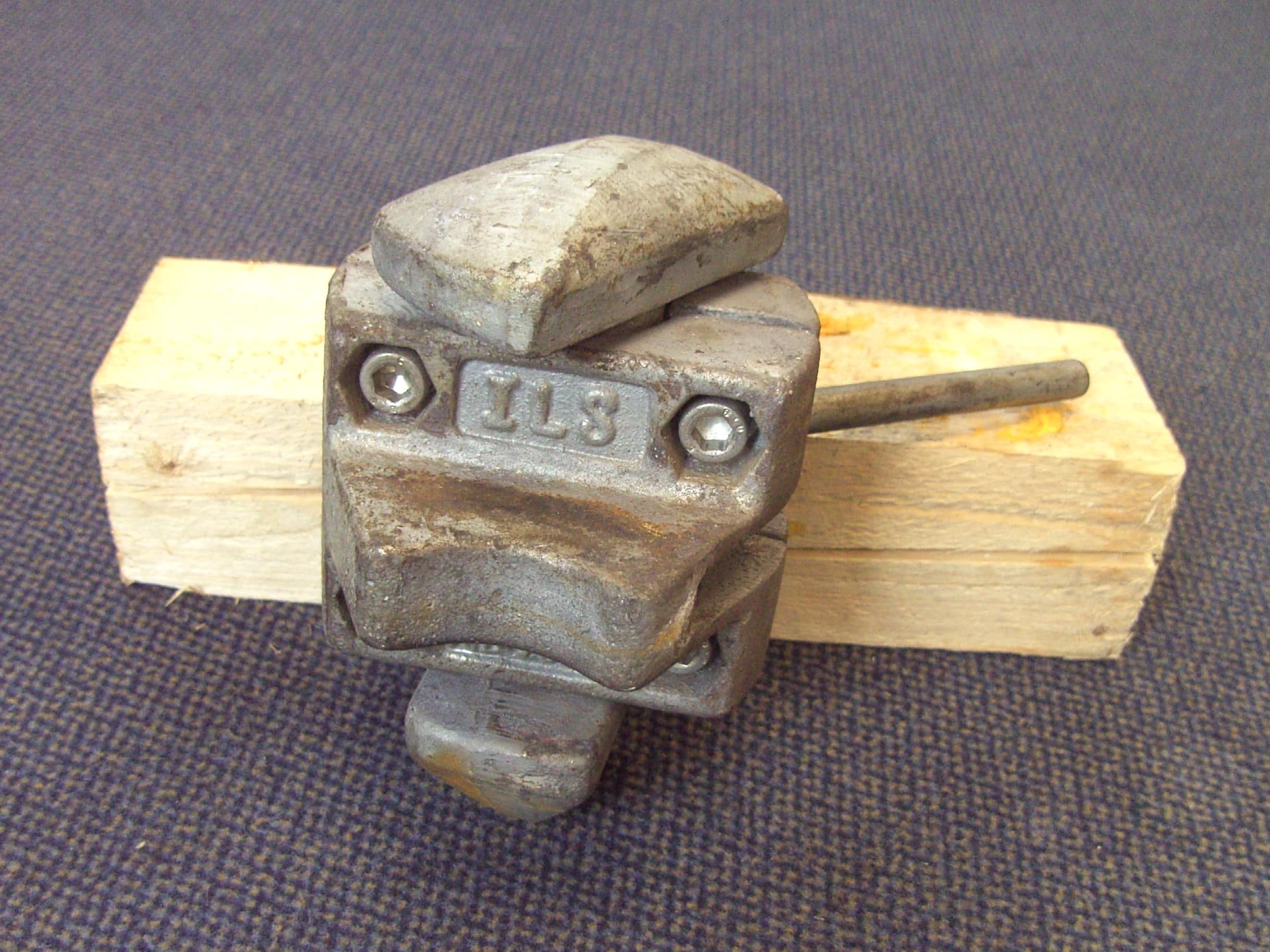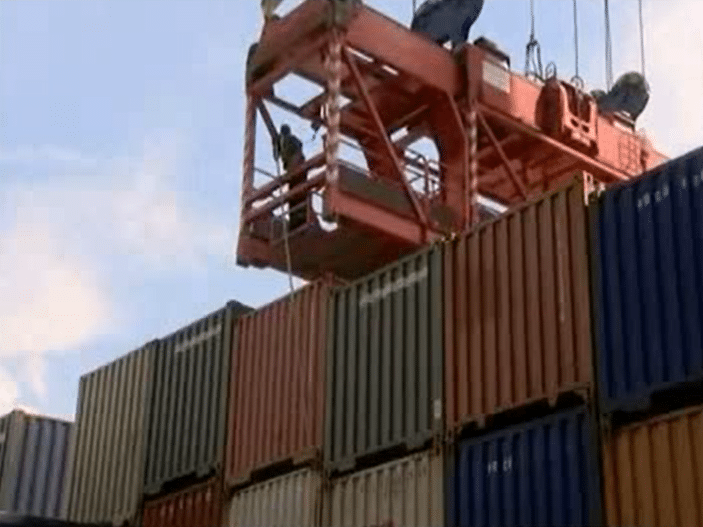
Now 10% off all Ergolash lashing straps save now! Voucher code: ergo10 | Valid until 31.05.2025
The word is made up of the words “twist” for twisting and “lock” for locking.
In other words, a technique that creates a lock by twisting. This is the basic principle, of which there are of course various variations. In this specific case, we are talking about twistlocks, which are used in container transportation.
Before the container can be stowed on deck, the twistlocks must be manually inserted into the corner castings from below and armed.


Only the containers that are stowed on deck need to be connected to each other with twistlocks.
This is not necessary for containers in the hull because they are held in the stack by the cell guides.
There are basically two different types of twistlocks. These are the manual ones, which must always be closed and opened manually, as the following example shows. They are often used for container stowage on land.


The second version is semi-automatic and is used for stowing on ships. The yellow tip must always be at the top. The twist lock is inserted manually from below into the corner castings and locks automatically.

As soon as the container is placed on top of another and the lower tips of the twistlocks come into contact with the corner castings, they twist, tension a spring and slide down into the corner casting.
If all four twistlocks are correctly seated in the corner casting, the spring is relieved and pushes the tip into the locking position.

To unlock, the orange button with the steel cable must be pulled out manually, e.g. with a rod, on all twistlocks and locked to the frame of the twistlock.
This tensions the locking spring and the twistlock tip rotates into the unlocking position.
The container can then be lifted with the spreader.
As there is still no reliable automated solution, the lashers have to work around the clock in all weathers. To do this, they are moved over the containers with a work platform suspended from the spreader to unlock the twistlocks.
The twistlocks are designed for a load of 50 tons each and weigh approx. 6.3 kg. The picture shows the enormous loads that the twistlocks have to withstand in the event of an accident.


Yours, Sigurd Ehringer
<< Previous article
Episode 14: Misjudgements in load securing
Next post >>
Episode 16: Lashings and their application

Sigurd Ehringer
✔ VDI-zertifizierter Ausbilder für Ladungssicherung ✔ Fachbuch-Autor ✔ 8 Jahre Projektmanager ✔ 12 Jahre bei der Bundeswehr (Kompaniechef) ✔ 20 Jahre Vertriebserfahrung ✔ seit 1996 Berater/Ausbilder in der Logistik ✔ 44 Jahre Ausbilder/Trainer in verschiedenen Bereichen —> In einer Reihe von Fachbeiträgen aus der Praxis, zu Themen rund um den Container und LKW, erhalten Sie Profiwissen aus erster Hand. Wie sichert man Ladung korrekt und was sind die Grundlagen der Ladungssicherung? Erarbeitet und vorgestellt werden sie von Sigurd Ehringer, Inhaber von SE-LogCon.
Rothschenk assortment
Our customer center has only one goal: to turn your problems into solutions. Whether standard stowage cushions, bestsellers or load securing personally tailored to your needs -. we accompany you consistently from A as in field service to Z as in certification. That is our promise to you, as a leader in our industry.
We attach great importance to professional cargo securing. That is why we have our own production, which ensures reliable operation through modern manufacturing technologies and strict quality control. Thus, we offer our customers a comprehensive and high-quality range of services in the field of transport logistics.
DIN ISO 9001:2015, EMAS and Ecovadis are not foreign words to you? Then it's time to work with the best.
You don't take any risks with us - we have been awarded the Platinum Medal on the EcoVadis sustainability rating platform.
As a load securement company, we are proud to have several certifications that validate our sustainability efforts and our commitment to environmental protection and social responsibility. For you as a purchaser, this means that we demand and promote the implementation of high environmental and social standards both within the company and along the supply chain.
The store will remain open during this time. All orders will be shipped again from 02.01.2024. Thank you for your understanding!
You are currently viewing a placeholder content from Google Maps. To access the actual content, click the button below. Please note that doing so will share data with third-party providers.
More Information